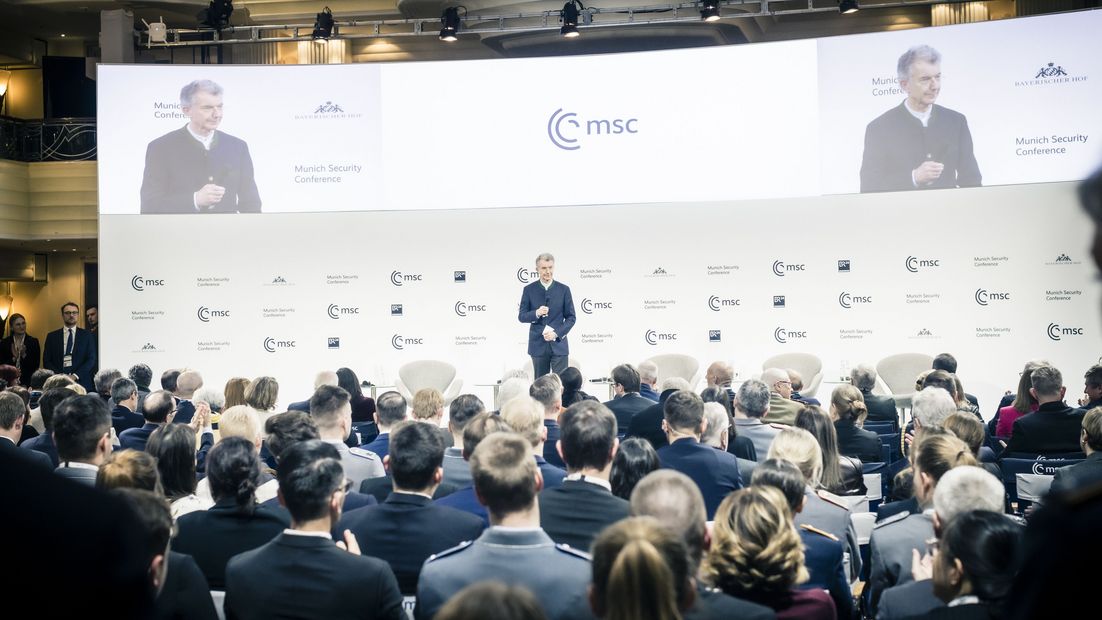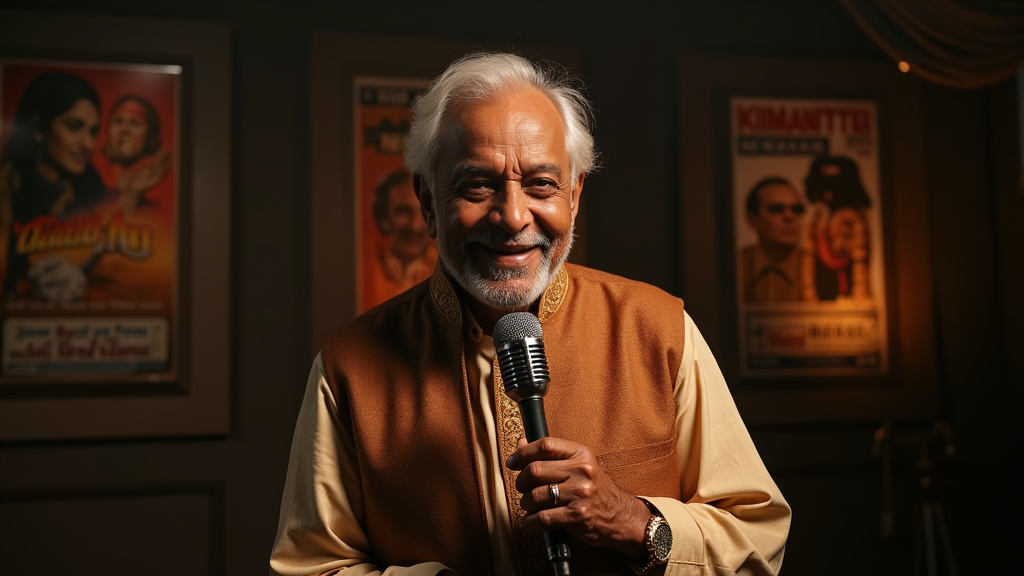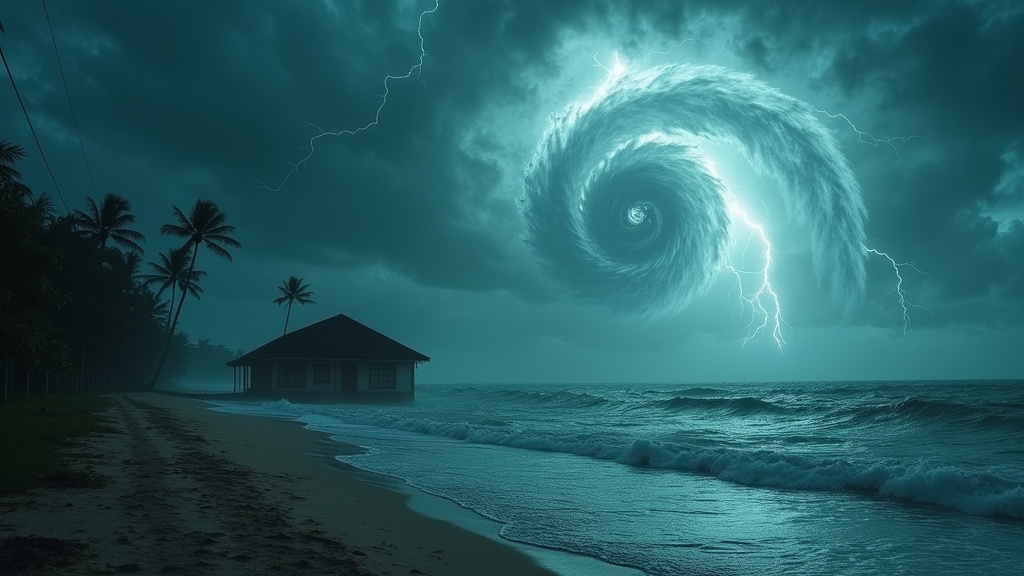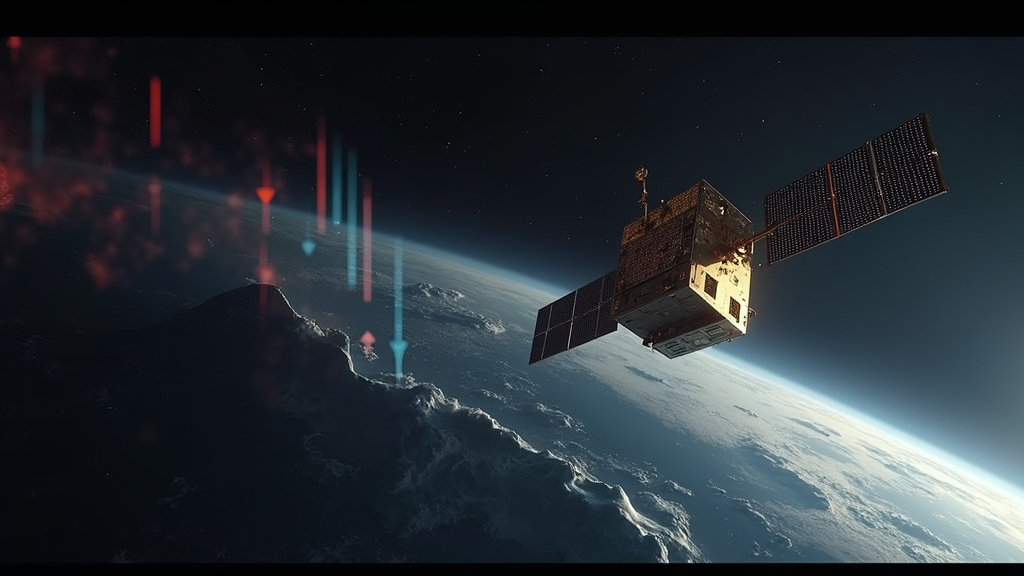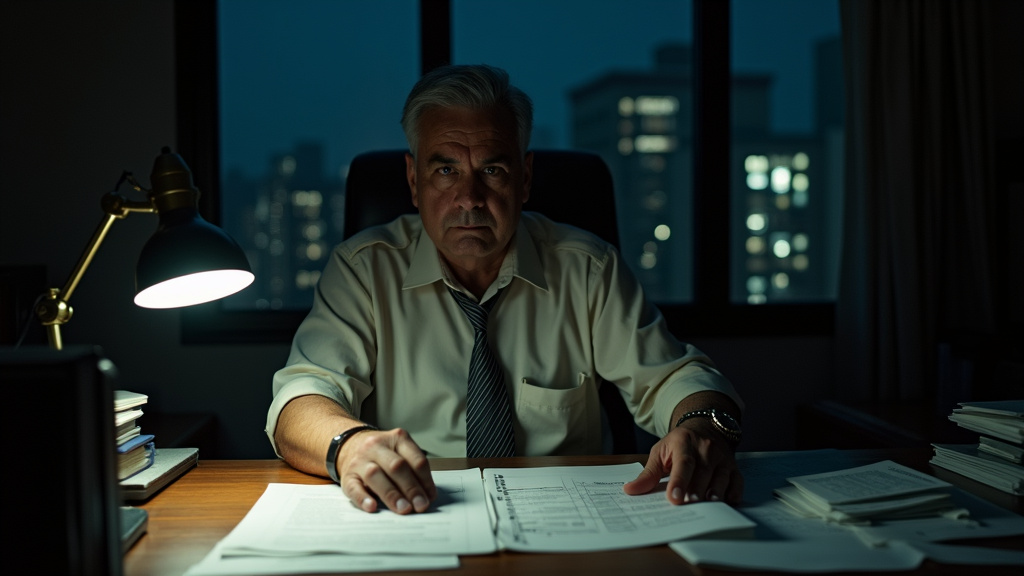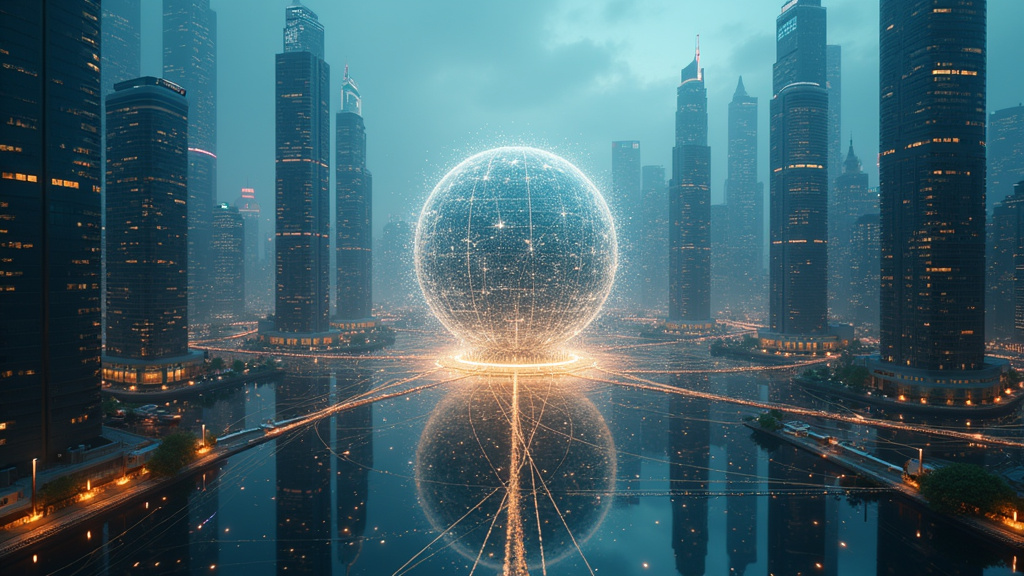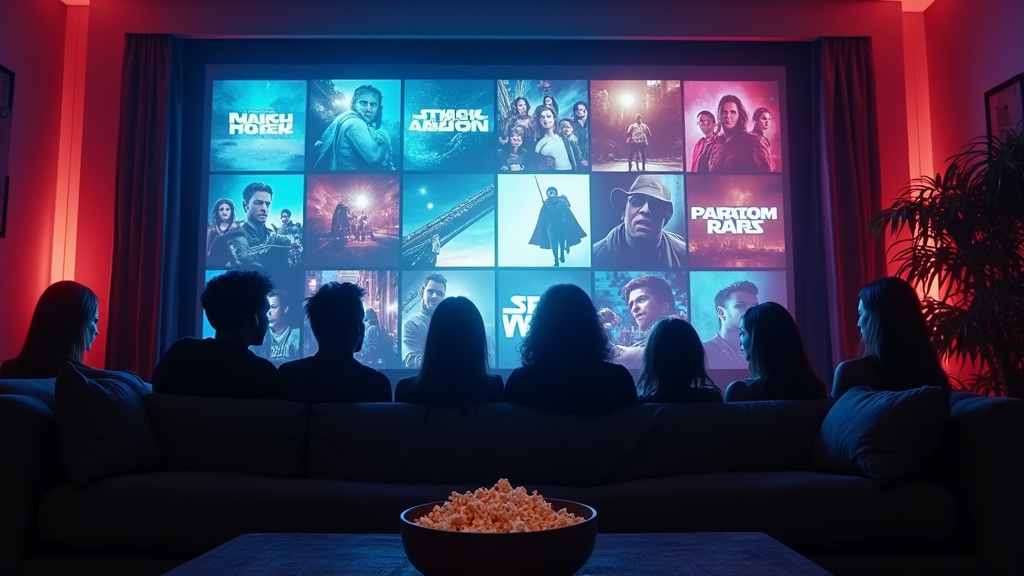Washington D.C. today hosts a pivotal diplomatic summit, as United States President Donald Trump meets with Ukrainian President Volodymyr Zelenskyy and a contingent of European leaders at the White House to explore potential pathways to end the protracted three-year conflict in Ukraine. The high-stakes discussions come with President Trump signaling a “reasonable chance of ending the war,” a significant declaration amid intensified Russian attacks across Ukraine.
The Diplomatic Imperative
The current White House summit follows closely on the heels of a meeting between President Trump and Russian President Vladimir Putin in Alaska just three days prior. In the aftermath of that summit, President Trump shifted his diplomatic approach, moving away from seeking an immediate ceasefire to advocating for a more comprehensive, long-term peace agreement, a stance that reportedly aligns with Moscow’s long-standing position. This strategic pivot has set the stage for the crucial talks today in Washington, with the international community closely monitoring for any breakthrough in the trending geopolitical landscape.
President Trump, in a Truth Social post, asserted that President Zelenskyy possesses the immediate capacity to end the war, stating, “President Zelenskyy of Ukraine can end the war with Russia almost immediately, if he wants to, or he can continue to fight.”
Escalating Conflict on the Ground
The urgent need for a resolution was underscored by a brutal wave of Russian strikes that preceded the Washington meeting. Overnight attacks on Monday, August 18, 2025, hit cities across Ukraine, including Kyiv, Donetsk, Dnipropetrovsk, Odesa, Sumy, Kharkiv, and Zaporizhzhia. Kharkiv, Ukraine’s second-largest city, bore the brunt of a devastating drone attack on a residential area, killing at least seven people, including a toddler and a 16-year-old. Reports from Zaporizhzhia indicated missile strikes killed three and injured at least 20, while Odesa experienced an attack on an energy facility.
Ukrainian President Zelenskyy condemned these actions as a “demonstrative and cynical Russian strike,” designed to “humiliate diplomatic efforts” just as the peace talks were commencing. Ukrainian Foreign Minister Andrii Sybiha echoed this, emphasizing that despite diplomatic endeavors, Russia continues to kill civilians, stressing that Russia is a “murderous war machine that Ukraine is holding back” and must be stopped through transatlantic unity.
United Front and Divergent Views on Peace
President Zelenskyy arrived in Washington accompanied by an extraordinary delegation of European leaders, including European Commission President Ursula von der Leyen, NATO Secretary General Mark Rutte, British Prime Minister Keir Starmer, German Chancellor Friedrich Merz, French President Emmanuel Macron, Italian Prime Minister Giorgia Meloni, and Finnish President Alexander Stubb. This united front aimed to bolster Zelenskyy’s position and collectively present a strong message against Russian aggression, seeking to safeguard Ukraine and the broader European continent from any further expansion of the conflict.
During discussions, President Trump suggested that a peace deal would entail Ukraine forgoing its ambition to reclaim Crimea, annexed by Russia in 2014, and abandoning its aspirations to join NATO. This position has been met with firm resistance from Ukraine, as President Zelenskyy has repeatedly asserted that Kyiv will not cede any territory, citing Ukraine’s constitution which forbids such concessions. He insists that Russia must not be rewarded for its aggression and calls for a “reliable and lasting peace” based on a “new security architecture,” with negotiations starting from the current front lines and contingent on a full ceasefire.
European leaders, while supporting a resolution, have emphasized the importance of Ukraine’s territorial integrity and are wary of any settlement that might reward Russian aggression. A key element of the current discussions revolves around the nature of “security guarantees” for Ukraine. Trump’s special envoy, Steve Witkoff, indicated that “Article 5-like protection” could be on the table for Ukraine, a reference to NATO’s mutual defense provisions, though explicitly outside of NATO membership. Ukraine and its European partners are pressing for clarity on these guarantees, which they view as essential for future stability.
Looking Ahead
The current summit at the White House marks a critical juncture in the ongoing war. While President Trump expressed optimism for a swift resolution, the deep divisions over territorial concessions and Ukraine’s security future present formidable challenges. The presence of a broad European delegation signifies the profound implications of these news developments for continental security. The outcome of these intricate negotiations will determine the immediate future of Ukraine and set a precedent for international diplomacy in the face of ongoing military conflict.


